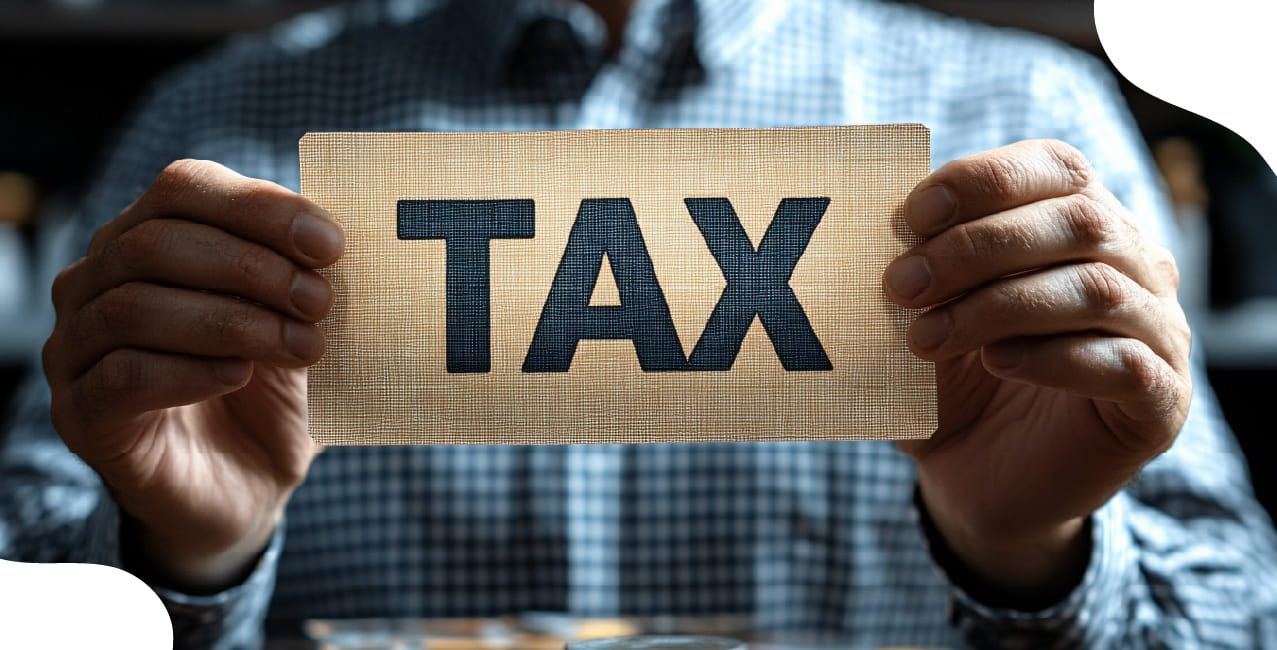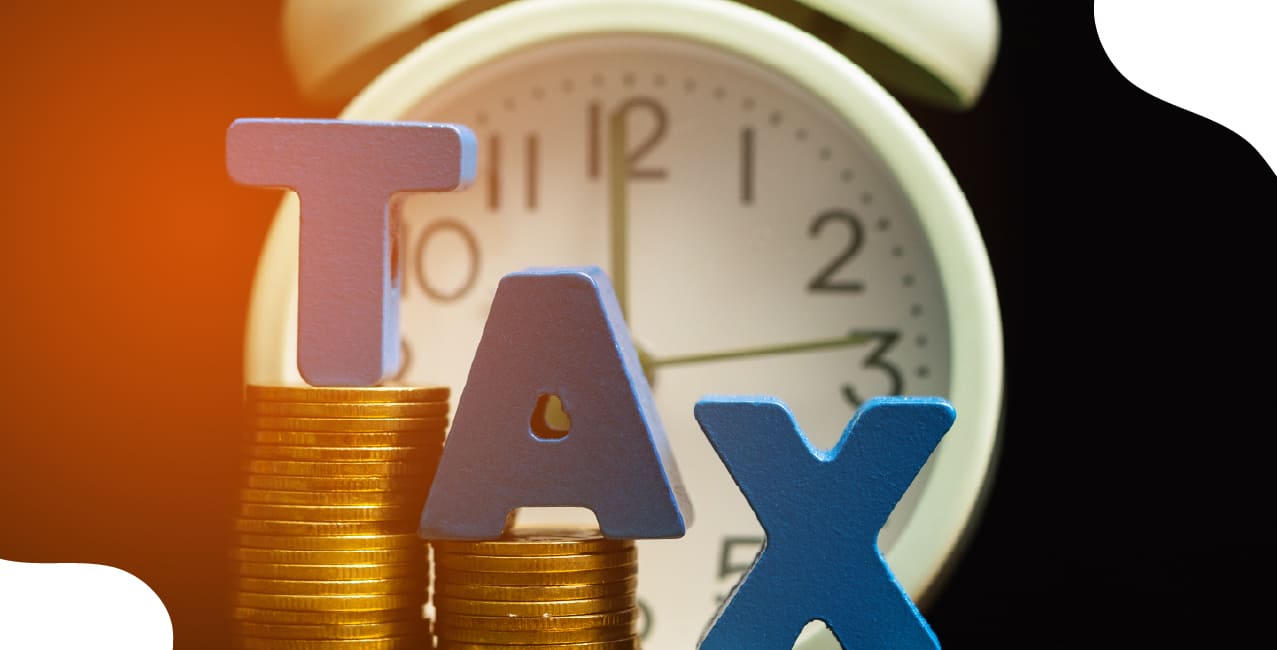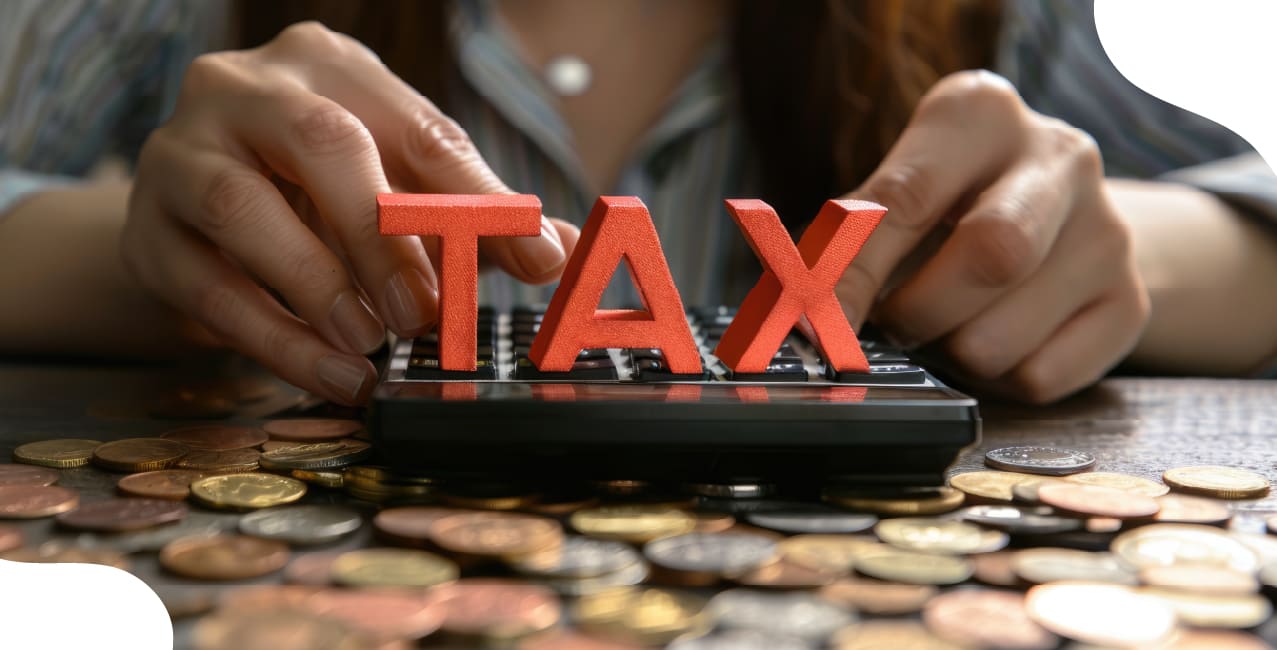
Author
LoansJagat Team
Read Time
6 Min
24 Sep 2025
Section 206AB of the Income Tax Act: Complete Guide & TDS Rules
Key Takeaways
- Section 206AB of the Income Tax Act helps ensure non-filers pay their outstanding dues.
- As per Section 206AB, if you have not filed returns for 2 years, then you are liable to pay TDS at double the existing rate or 5%, whichever is higher.
- Section 206AB has various objectives, such as identifying non-filers, applying higher TDS, encouraging filing, and easing monitoring.
Section 206AB of the Income Tax Act applies a higher TDS on taxpayers who have not filed their returns or have pending tax dues. Section 206AB ensures compliance and reduces tax evasion.
Suppose Mr. Kapoor has earned ₹1,00,000 as interest income from a fixed deposit. He did not submit his tax returns for the last two years. TDS on interest income is usually 10% with a valid PAN.
But under Section 206AB, the bank must deduct TDS at a higher rate, which is 20% (double of 10%) in this case. So, ₹20,000 will be deducted instead of ₹10,000. This example explains how Section 206AB works to make taxpayers compliant.
In this blog, we will explore the importance, objectives, TDS rate, exemptions, and compliance requirements related to Section 206AB of the Income Tax Act.
Importance Of Section 206AB Of The Income Tax Act
Section 206AB motivates taxpayers to file returns on time and improves the tax system. Its importance can be understood through the following table:
The above-mentioned table shows how non-filers face higher TDS, while compliant taxpayers continue to pay standard rates. Section 206AB provides clarity on compliance, fairness, and enhances tax collection.
Read More - CBDT Extends ITR Filing Deadline to 15 September 2025 for Non-Audit Cases
Objectives Of Section 206AB Of The Income Tax Act
The objectives of Section 206AB are focused on improving compliance and reducing the chances of tax evasion. The main objectives include:
The above-mentioned table reinforces the importance of staying up-to-date with tax filings to avoid unnecessary deductions.
TDS Rate Under Section 206AB Of The Income Tax Act
Section 206AB prescribes an increased TDS for those who remain non-compliant with income tax filings.The deduction rate under Section 206AB is set at double the standard rate or 5%, whichever exceeds the other.
Suppose Srishti received a payment of ₹60,00,000 as a professional fee from the ABC company. The TDS is deductible at 10%. Srishti failed to submit her ITR for the last assessment year.
Now, as per Section 206AB, she is liable to pay double the existing rate or 5%, whichever is higher. The table below outlines her tax dues:
The above-mentioned table shows that non-compliant taxpayers face higher TDS to encourage the filing of returns.
Exemption Under Section 206AB Of The Income Tax Act
Certain categories are excluded from Section 206AB to avoid unnecessary burden on taxpayers. This table highlights the payments not subject to higher TDS under Section 206AB:
The above-mentioned exclusions ensure that essential income sources and specific activities remain unaffected by additional TDS deductions.
Bonus Tip: Do you know that the Union Budget of 2025 has proposed the removal of Section 206AB to simplify tax compliance and reduce the burden on tax deductors and collectors?
Learn More - Reason Why ITR Refund 2025 Will Reach You in 4-5 Weeks: Must Know for Monthly Savings
Due Date And Compliance Requirements
Section 206AB mandates specific compliance steps for taxpayers and deductors. The following table highlights this:
If you follow the above-mentioned compliance steps, then you can avoid penalties and ensure smooth transactions.
Conclusion
Section 206AB of the Income Tax Act makes sure that taxpayers comply with filing requirements and discourages non-compliance by applying higher TDS on non-filers.
Both individuals and businesses are affected by Section 206AB if they have not filed returns for the last two years and exceed the TDS threshold.
If you file your returns on time and maintain proper records, then you can avoid higher TDS, reduce compliance stress, and contribute to a fair taxation system.
FAQs
1. When was Section 206AB introduced?
It came into effect from 1st July 2021.
2. When was TDS launched?
It was launched in 1922 in India by the Income Tax Act.
3. Who is a specified person as per Section 206AB?
A specified person is one who has skipped filing returns for the last two years and whose TDS in each year is ₹50,000 or more.
4. What is the last date for the TDS claim 2025?
For FY 2024–25, TDS can be claimed while filing the income tax return by the extended due date of September 15, 2025 (for individuals not requiring an audit).
5. What is the age limit for TDS exemption?
Individuals above 60 years can use Form 15H to avoid TDS if their income is below the taxable limit.
6. What is the TDS rate if PAN is inoperative?
When the PAN is inactive, TDS is deducted at a 20% rate.
7. What is Section 206CC of the Income Tax Act?
Section 206CC deals with higher TCS if the buyer does not furnish PAN, ensuring better compliance in tax collection.
Other Related Pages | |||
About the Author

LoansJagat Team
‘Simplify Finance for Everyone.’ This is the common goal of our team, as we try to explain any topic with relatable examples. From personal to business finance, managing EMIs to becoming debt-free, we do extensive research on each and every parameter, so you don’t have to. Scroll up and have a look at what 15+ years of experience in the BFSI sector looks like.

Quick Apply Loan
Subscribe Now
Related Blog Post

LoansJagat Team • 22 Sep 2025
_of_Income_Tax_Act.jpg)
LoansJagat Team • 22 Sep 2025

LoansJagat Team • 22 Sep 2025